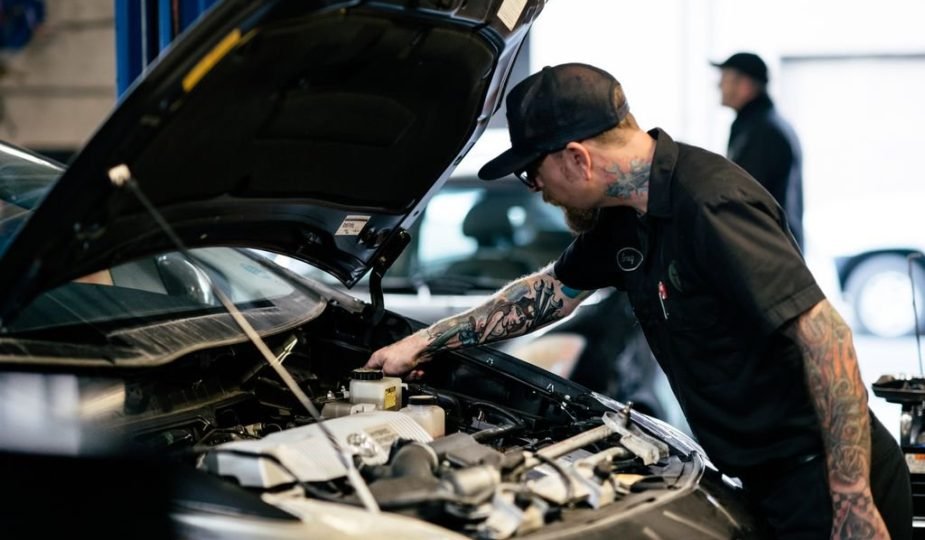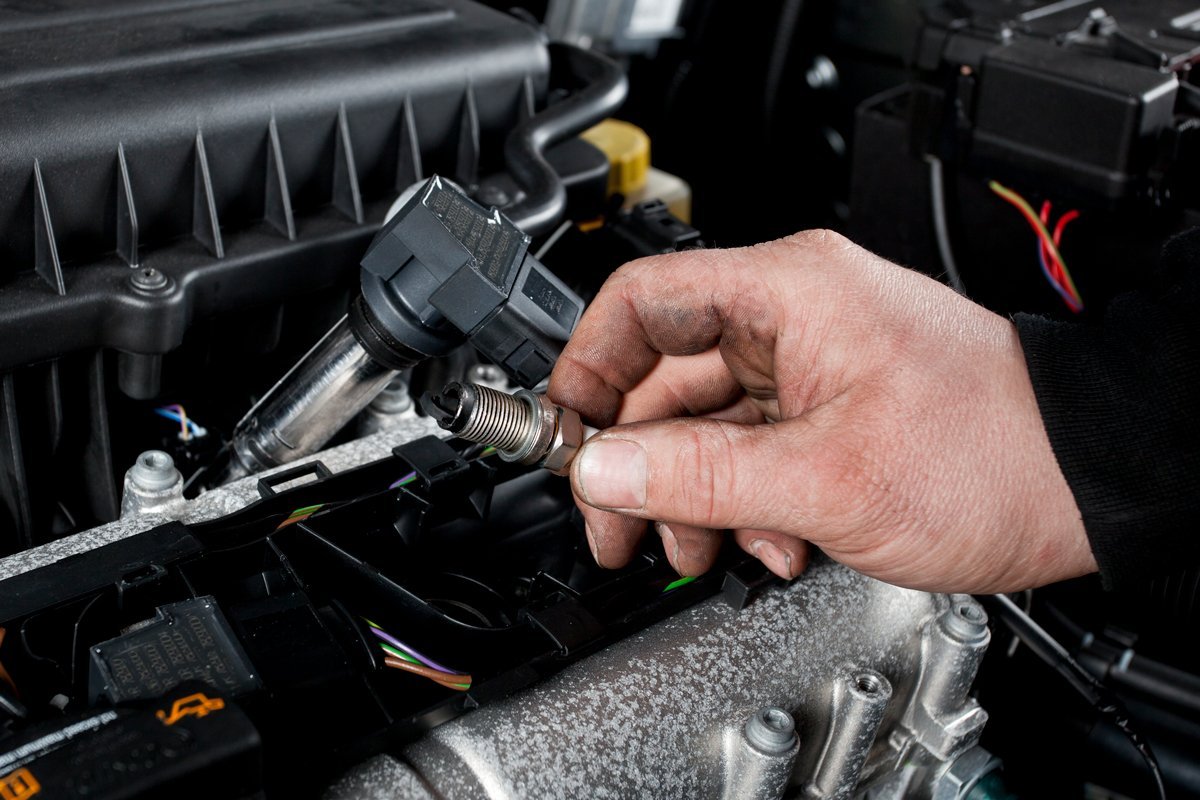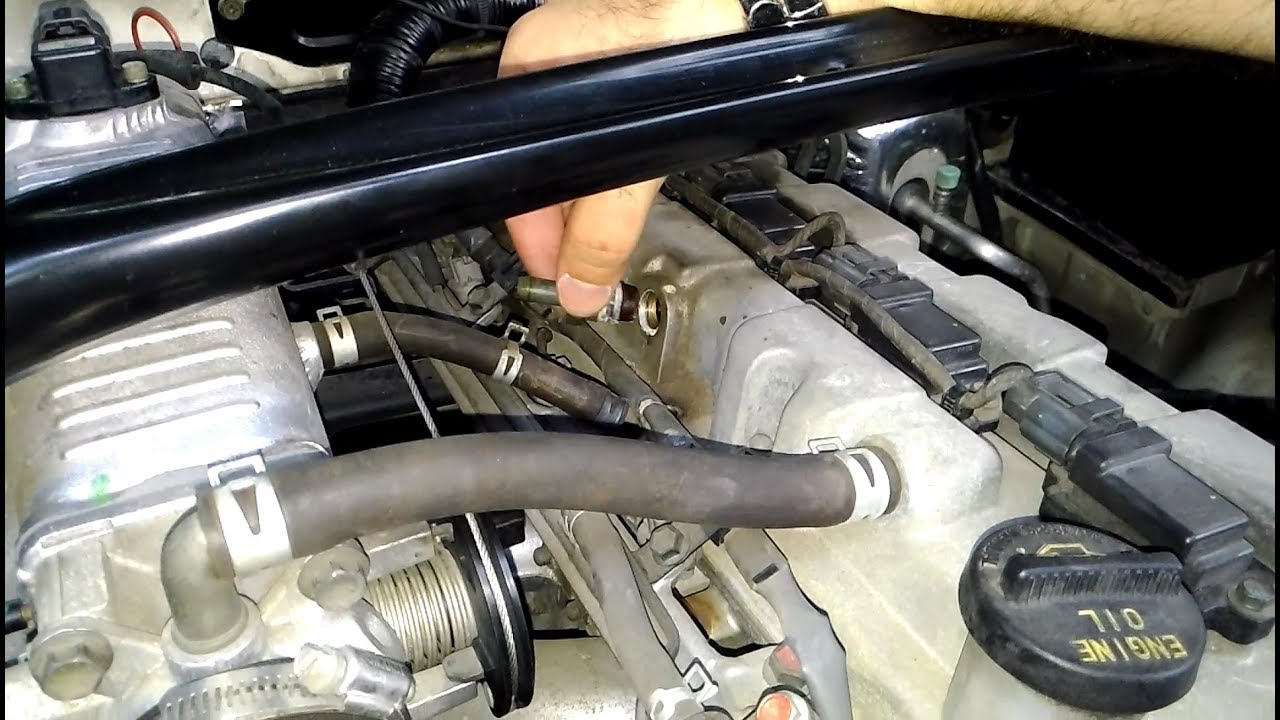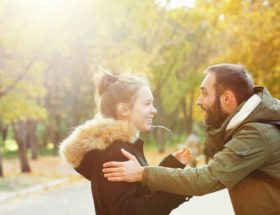
How to Do an Engine Tune Up
Tuning an engine can improve efficiency and performance. Engines in vehicles with distributors and carburetors should be tuned every 10,000 to 12,000 miles or every year. Even newer vehicles with distributor-less or coil-on-plug ignitions and fuel injection systems benefit from a cabin air filter replacement. When it comes to learning how to do an engine tune-up, don’t forget about upgrading your car’s performance with the right ECU for your car. Perform any of the 10 steps on this car tune up checklist that apply to your vehicle.
1. Inspect Engine and Ignition Components
While the engine is cold, check cooling system hoses and engine vacuum lines for cracks or mushy spots. It is also a good idea to look out for cracks and fraying on the serpentine belt or V-belt.

2. Replace the Air Filter
Any model year vehicle can benefit from an engine air filter replacement. Clean out the air box and check the intake hose fit.
3. Check Spark Plugs
Copper spark plugs rated for 30,000 miles and wires in distributor-based systems may require periodic replacement. Spark plugs in newer coil-on-plug systems can last up to 100,000 miles.
4. Replace Distributor Components
Vehicles with distributors may require replacement of the cap and rotor during a tune up in addition to new spark plug wires. A vehicle manufactured prior to the introduction of electronic ignition systems in the mid-1970s requires maintenance on the distributor points and condenser.
5. Adjust Engine Timing and Idle
Vehicles with distributors can also benefit from timing adjustments. If the engine backfires or runs too rich or too lean, confirm the optimum timing number and loosen the bolt to rotate the distributor.

6. Test the Fuel Pump and Filter
Listen for a hum near the open fuel cap as another person turns the vehicle on without starting the engine. If the pump does not engage, replace the fuel pump fuse. The fuel filter on an older vehicle may require replacement every two years or 30,000 miles. Do a fuel pressure test to determine whether a new filter is necessary.
7. Check the Fuel Filter and Injectors
Newer vehicles rely on fuel injection systems instead of carburetors for fuel delivery. These systems reduce emissions while increasing engine efficiency and power output. Make sure that injectors are not clogged.
8. Tune the Carburetor
Adjust the air fuel and idle mixtures on vehicles with a carburetor. Remove the air filter housing and tighten air filter screws to increase the flow of fuel or loosen to decrease the amount of fuel. Adjust the idle mixture screw for smoother idling.
9. Replace Oxygen Sensors
Oxygen sensors maintain ideal conditions for fuel combustion. These sensors were introduced in 1981. Vehicles manufactured since 1996 have more than one oxygen sensor. Replace sensors in pairs if an engine misfires, stalls or has a rough idle.
10. Check the PCV Valve or Fixed Orifice Tube

Make sure that the positive crankcase valve is not clogged or leaking. Newer cars may have a fixed orifice tube or vacuum system that requires cleaning.
The extent of an engine tune up depends on the ignition and fuel systems. While vehicles manufactured after 1999 require less frequent maintenance, newer engines can still benefit from tuning.









